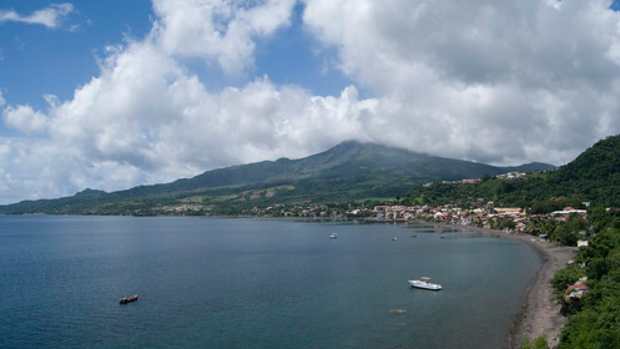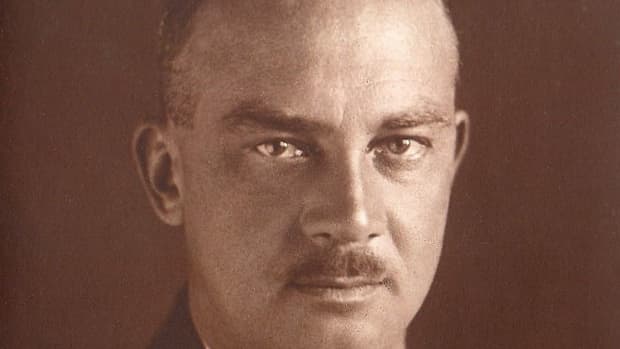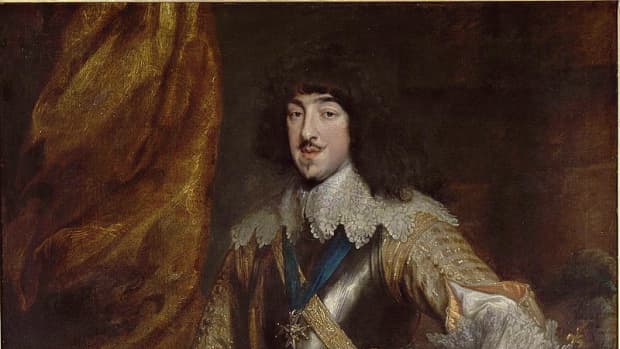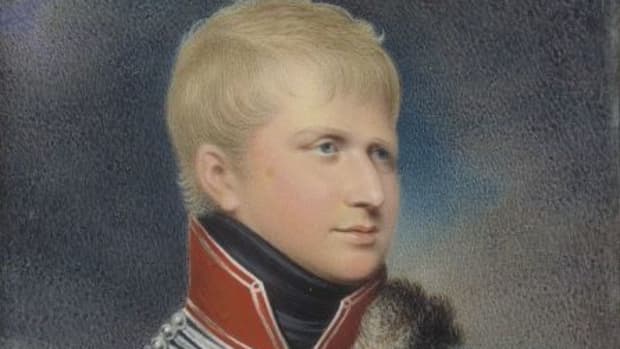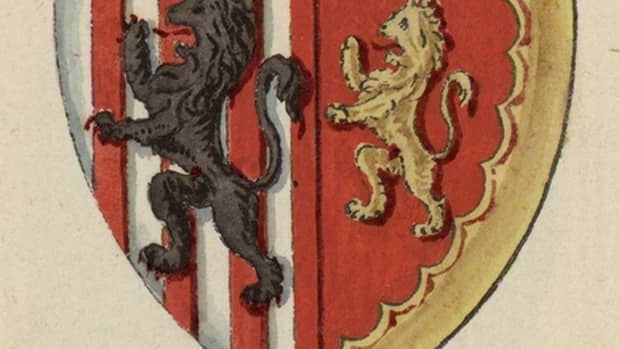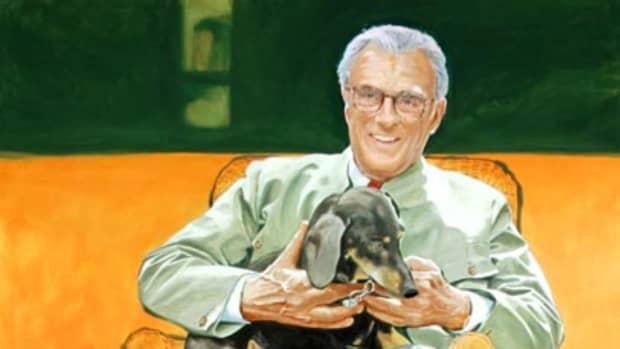Francesco V: The Last Ruling Duke of Modena and Reggio
Where Was the Duchy of Modena and Reggio?
The Duchy of Modena and Reggio was created in 1452 for the House of Este's Borso d'Este, Marquess of Modena and Reggio. The duchy lay in the northwest of modern-day Italy.
The House of Este's senior branch was the Hanoverian Welfs, also known as the Guelphs, who sat on the British throne between 1714 and 1901. Several generations of the junior line of Este's ruled over the duchy's inhabitants for almost three and a half centuries.
In 1796, Napoleon Bonaparte's armies marched across Europe, and Boney seized the Duchy of Modena and Reggio and renamed it the Cispadane Republic, later altering this to the Napoleonic Kingdom of Italy.

Francesco V, the last ruling Duke of Modena and Reggio, today's northwest Italy
Wikipedia Public True
The House of Austria-Este
After Napoleon's fall from glory, the former Duchy of Modena and Reggio was claimed by Francesco IV from the House of Austria-Este. The House of Este became extinct in 1803 when Ercole III died. Ercole's daughter Maria Beatrice and her husband Archduke Ferdinand Karl of Austria-Este's eldest son and so the successor to the duchy was Ferdinand.
Francesco Ferdinando Geminiano (later Francesco V) was born on 1st June 1819 in the Ducal Palace in Modena. He was the second of four children and the oldest son of Francesco IV and his wife, duchess consort and niece Maria Beatrice of Savoy. Her mother was Francesco IV's sister Maria Theresa, Queen of Sardinia.
The Stuart Pretender to the British Throne
After his mother's death in 1840, Francesco V became the oldest surviving Roman Catholic descendant of the House of Stuart and the Jacobite pretender to the thrones of England and Scotland. He made no claim on young Queen Victoria's throne and instead concentrated on the duchy.
On 20th March 1842, Francesco married Princess Adelgunde of Bavaria, the daughter of King Ludwig I of Bavaria and his wife Therese of Saxe-Hildburghausen. The ceremony was carried out at the Allerheilgen-Hofkirche (the Church of All Saints) that sat on the grounds of King Ludwig's palace, the Residenz, in central Munich.
The couple had one child named Anna Beatrice. She was born in 1848, and she died the following year.
Francesco inherited the Duchy of Modena and Reggio on 21st January 1846 when his father passed away. He ruled for thirteen tempestuous years.
Francesco V and the 1848 Revolution
In 1848, autocratic Francesco, accompanied by Adelgunde, was expelled from the duchy during the rash of pan-European revolutions.
Fortunately for the duke, more people wanted him to return than to remain in exile, and with the Austrian military's assistance, he was restored. Francesco V adopted a noticeably moderate line until a failed assassination attempt. The incident made him determined to reassert his power.
The 1848 revolutions added weight to King Vittorio Emmanuel II of Sardinia and General Giuseppe Garibaldi's calls for a united Italy under one ruler to reduce the likelihood of future civil unrest. In principle, Francesco was agreeable, although he probably wasn't told that his status would vanish with the old order as Vittorio Emmanuel envisaged himself as the ruler of Italy.
In December 1855, Francesco established the short-lived chivalric honour of the Order of the Eagle of Este under the spiritual protection of 13th century Saint Contardo of Este, the founder of the Este dynasty.
The Battle of Magenta Leads Francesco V to Exile
After a demoralising defeat to Piedmont at the Battle of Magenta during 1859's Second Italian War of Independence, Francesco V fled from his duchy again. He and Adelgunde took refuge in Vienna, Austria. Francesco's Habsburg cousin, Emperor Franz Joseph I of Austria-Hungary, gave them a city residence that they called Palais Modena. Their summer home was Schloss Wildenwart in Adelgunde's homeland, Bavaria.
In the duke's absence, the Duchy of Modena and Reggio's ministers voted to join with Sardinia and Piedmont and then to be part of a new and glorious Italy under King Vittorio Emmanuel. No longer wanted, Francesco and Adelgunde never returned to the former duchy.
Francesco V died in Vienna on 20th November 1875, aged fifty-six. He was interred in the Imperial Crypt in the Austrian city. He bequeathed his fortune to Archduke Franz Ferdinand of Austria (assassinated in 1914) on the condition that he used the title Archduke of Austria-Este.
Duchess Adelgunde passed away on 28th October 1914, and she was laid to rest beside Francesco in the Imperial Crypt.

Palais Modena in Vienna. Today it houses Austria's Federal Ministry of the Interior.
Wikipedia/Gryffindor CC3.0
Today's Archduke of Austria-Este
Archduke Franz Ferdinand's great-nephew Robert, born in 1915, was awarded the Austria-Este title on 16th April 1917 by his father, Karl I, the last Emperor of Austria.
Through his mother, Empress Consort Zita (of Bourbon-Parma), Robert was a descendent of Ercole III, the last House of Este Duke of Modena and Reggio. His son, Prince Lorenzo of Belgium, Archduke Lorenzo of Austria-Este, inherited the title in 1996 when Robert died.
Sources
- Duchy of Modena - House of Habsburg-Este
Duchy of Modena - House of Habsburg-Este - House of Este - Alfonso I | Britannica
- Francesco V, Duke of Modena and Reggio | Unofficial Royalty
This content is accurate and true to the best of the author’s knowledge and is not meant to substitute for formal and individualized advice from a qualified professional.
© 2023 Joanne Hayle




